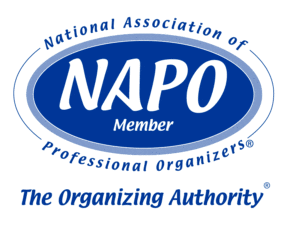There isn’t clear consensus on whether or not job descriptions do more harm than good in the business environment, but I firmly believe that giving employees clear direction about what you expect of them is always a good thing. An accurate job description is one of the many to do just that.
Not only are clear and concise job descriptions helpful in the hiring process (how many job descriptions these days have “engineer” as part of the title?), but if managed properly, they are a great communication tool for helping employees understand their current role within the company, have a clear picture of what they will be held accountable for, and gives them a road map for future promotion.
Good job descriptions contain the following information:
Job title/working relationship: What is this job referred to within the organization and where is it within the organization (what position(s) report to it and what position does it report to)?
Working environment and requirements: What are the environmental and physical requirements for this position? Is the work done inside vs. outside; weekdays vs. weekends; day shift vs. night shift; what are the physical requirements (lifting, sitting, walking), full-time vs. part-time, etc.
Qualifications: What are the educational, technical, vocational, or years of experience requirements for this position? Does it require a college degree or several years of hands-on experience? It’s important to be realistic with qualifications. If it truly doesn’t require a college degree, don’t say that it does. If for legal or insurance reasons it requires a certified number of hours performing the task, say so. Many excellent employment opportunities have been lost when required qualifications have been understated or overstated.
Specific tasks: What exactly is the employee expected to do and within what timeframe? This is the most important and tricky part of a job description. Be realistic, and be fair. Be specific, but not too limiting. Failure to be open and clear about job expectations can result in the wrong person getting hired for the job, resulting in high turn-over which can be incredibly expensive.
Although nearly every job description I’ve seen includes the verbiage “Other duties as assigned,” be mindful of how broad that statement is really meant to be. Although most employees come to work wanting to succeed and most employers don’t intend to take advantage of their employees, roles become blurred and frustration mounts when there isn’t clear consensus between an employee and the employer about what tasks are included in the job.
Why have job descriptions?
• Ensuring the right candidates apply to and are hired for specific positions.
• Eliminate redundancy or oversight of tasks within an organization.
• Give employees a clear idea of expectations and working environments.
• Job descriptions, if clearly written, can help with potential legal challenges.
What to avoid with job descriptions:
• Don’t be too rigid; allow some flexibility, where possible, for employees to think and work outside the box, potentially improving productivity and profitability. Think results vs. tasks.
• Make sure job descriptions do not become outdated. Review them at least every two years to ensure they still make sense in this ever-changing business world in which we live.
Who should write the job descriptions?
The best job descriptions are those that are written in concert with the employee performing the function, their immediate supervisor, and a representative from the Human Resources department (if one exists in your organization). This three-prong approach ensures the job function, up-line responsibility, and legal aspects are all covered. It is also helpful to have peer groups review the job descriptions to get an “outsider’s” view for obvious oversights.
When an employer can communicate their needs clearly through excellent job descriptions, finding the right fit for the organization becomes a much easier and productive process.
Cindy Jobs
Proud member of:
 National Association of Professional Organizers (NAPO), Seattle Area Chapter President
National Association of Professional Organizers (NAPO), Seattle Area Chapter President
 Institute for Challenging Disorganization (ICD)
Institute for Challenging Disorganization (ICD)


